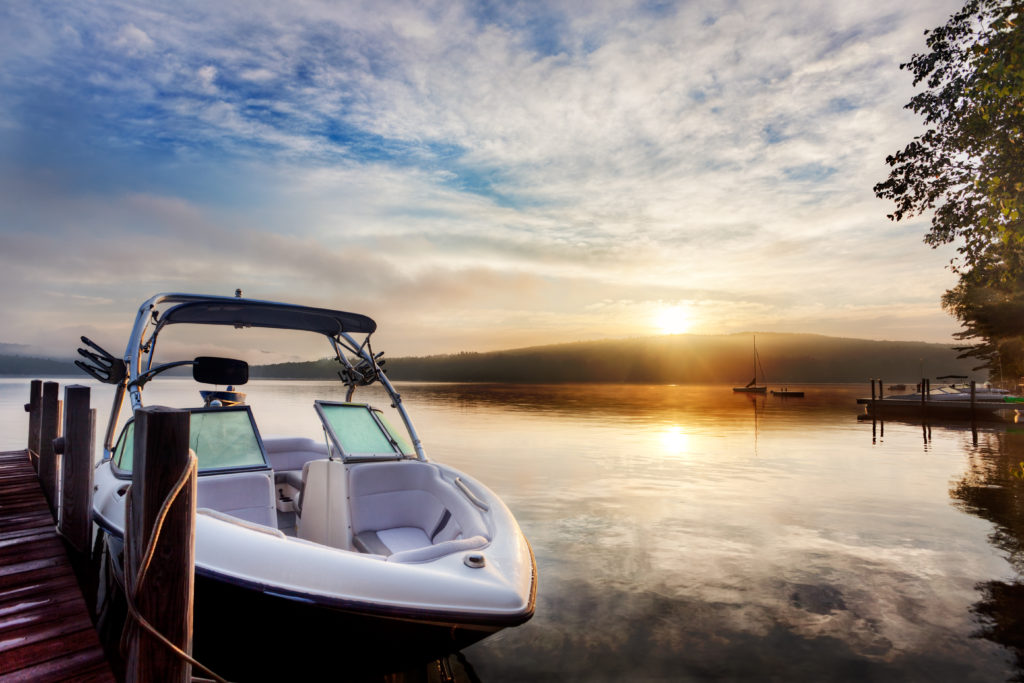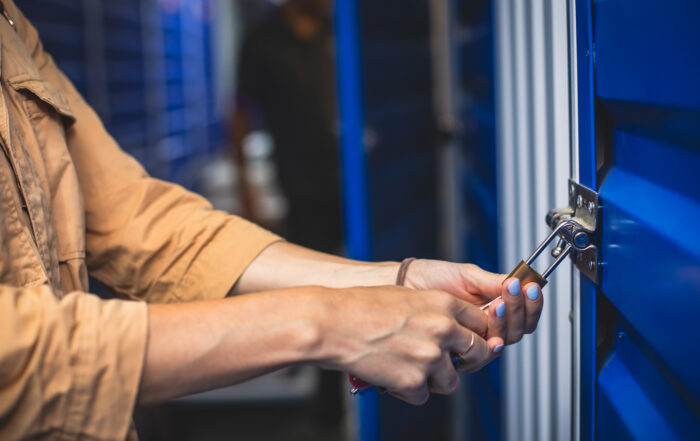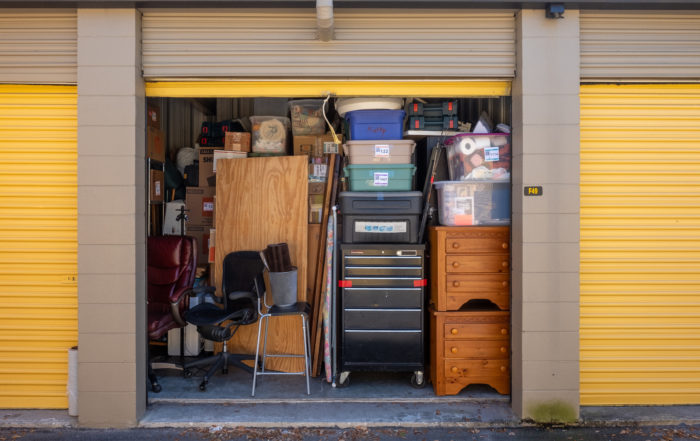Guide to Taking Your Car/Boat/Motorcycle Out of Storage
It’s warming up again outside, so do you know what that means? It’s time to hit the road again and enjoy the water with your car, motorcycle and boat. If one of the three have been in storage all winter, then there are a few things you’ll need to check before you can fully enjoy them. Here’s our guide on how to take your boat, car, and motorcycle out of storage.

Taking Your Car Out of Storage
There are plenty of things you’ll need to look over in your car, but the first thing should be the battery. If you used a battery tender to maintain proper charge during storage, your battery should be ready to go. Be sure to double check the tender to be sure the battery is fully charged.
If you had your battery hooked up to another charger, you may be dealing with an overcharged battery.
If your vehicle has been sitting for months on end with no recharger at all, your battery may be weak or drained. In either of the latter two cases be sure you get it checked out, just in case! Or you can check the charge with an electronic tester! If it’s dead, and you need it replaced, your onboard computer system may need to be reset.
While you’re under the hood, check for any corrosion, cracks, leaks, or rust. Jiggle the cables and make sure all of the connections are snug (while your car is off, of course!). You may notice some signs of wildlife too, which can be a huge cause for concern. If you notice any wear and tear, you should get it checked out immediately.
Next, check the air filters to make sure they’re clean, check your oil level, and (if you know how to)check on the condition of the spark plugs, cylinders, and PCV and fuel filters. If you don’t a technician can get this done pretty quickly.
Checking The Tires
When you’re ready to look at the tires, the first thing you should look at is the air pressure. Fill them if needed, or let air out.
Next, look at your tread wear and inspect all tires for cracks and bulges. Be sure to look on the sidewalls facing the axles as well as the street side. You may need a flashlight.
Checking The Fluids
Look under the car for any sign of fluid leaks.
It’s also time for an oil change. Though your vehicle hasn’t been driven in months, the oil is old and may be contaminated by condensation or acids.
Checking The Brakes & Suspension
When you’re ready to start up, first make sure your tailpipe is clear. Let your car run for a bit, before you put it into gear. Don’t’ rev the engine! When you’re good to go, tap on the brake to make sure it feels right. Then take a slow drive and test your brakes again.
Watch the dashboard for any warning lights indicating something needs attention. You may also notice some noise while braking at first. This could be caused by rust that’s accumulated on the surface of the brake rotor or drum. If the noise is constant or recurring, have your brakes and pads inspected.
Taking Your Motorcycle Out of Storage
Taking a motorcycle out of storage is very similar to taking a car out. Check your tire and battery the same way as you would a car.
Complete a Full Body Inspection
Look for any cracks or rust in the bike frame. Check the gears, cables, throttle and pedals, and tighten nuts, bolts and any other loose parts. Test the lights and replace bulbs as needed.
You should also inspect the chain and sprockets. If the chain needs lubricating, you should get it done immediately.
If you’re comfortable checking the suspension, you should do so too! Remove the spark plugs and pour in two tablespoons of oil to lubricate the cylinder walls if you did not perform the proper lubrication prior to storage. If you’re not comfortable doing this, a technician can get it done for you.
Change the Oil
Like with a car, you’ll want to change your oil if your motorcycle hasn’t been used in a couple months!
Taking Your Boat Out of Storage
Every boat is different, but here’s a general guide to get you started. You’ll absolutely want to consult your boat owner’s manual for in-depth advice on what to do, though. If you stored your boat in a marina or similar, they can do all of this onsite for you!
First walk around the boat and check it’s hull. Blisters, cracks, or other hull damage can be a sign of bigger problems that need to be addressed.
Check the Fuel System
Check the fuel system for leaks or damage. Hoses and connections are the most likely places for leaks, as is the surface of the fuel tank itself. It’s also a good idea to make sure that the engine and exhaust systems are in good working order before you get out on the water.
You may still have some older fuel and oil in there, and that’s okay. It should be used up on your first out on the lake. You may smell it at first, which isn’t a cause for concern. If the smell lingers, you should get it checked out though.
Check the Electronics
All electrical connections should be clean, tight, and free of corrosion. Like with a car and motorcycle, always make sure the battery is charged and in good working order!
Make sure the propellers don’t have any dents, cracks, pitting, or other distortions.
And, of course, before you put the boat in the water you should make sure that your life jackets are in good condition and that there are enough on board for you and any passengers you may be carrying.
Have fun on the road and water!
Recent Posts
Understanding Self-Storage Lease Terms: What to Know Before You Sign
Renting a self-storage unit is often one of those tasks that feels simple at first—pick a unit, sign a lease, move your stuff in. But if you’re like most people, the fine print on that [...]
What Not to Do When Using a Self-Storage Unit: 9 Common Mistakes to Avoid
Self-storage units are a convenient and affordable way to store everything from furniture and keepsakes to business inventory and seasonal gear. Whether you’re moving, downsizing, or just trying to declutter your space, renting a storage [...]
How to Keep a Storage Unit Clean and Tidy
A self-storage unit can be a lifesaver when you need extra space, but without proper organization and upkeep, it can quickly become cluttered. A clean and tidy storage unit not only makes it easier to [...]



